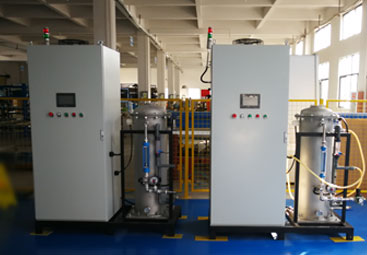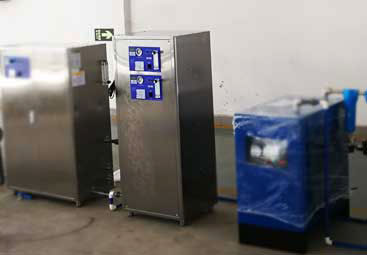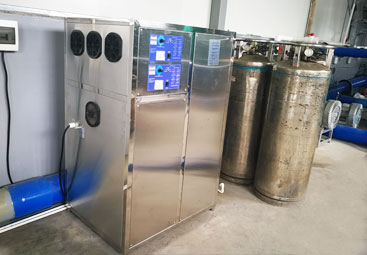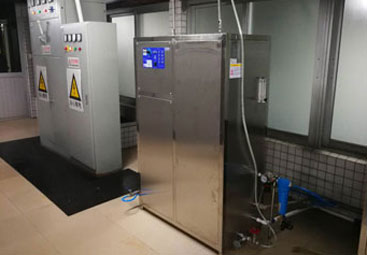ozone Application in Pure water treatment
Drinking water treated with ozone kills or inactivates pathogenic microorganisms including viruses, bacteria, and parasites and removes inorganic trace contaminants found in water systems due to pollution. Ozone treatment also reduces naturally occurring organic compounds such as humic acid and algal metabolites. Surface waters, including lakes and rivers, generally contain higher levels of microorganisms. Therefore, they are more prone to contamination than groundwater and require different treatment regimes.
At present, ozone disinfection has been widely used in the world, pure water, natural water (spring water, mineral water, groundwater, etc.). In the tap water ozone purification application, the international conventional standard has a solubility value of 0.4 mg/L for 4 minutes, that is, a CT value of 1.6.
-- End --
We found other products you might like!
Similar article ranking
- Residential Air purification Application
- ozone Application in wastewater treatment
- Ozone application in aquarium
- Ozone Application in Aquaculture
- ozone Application in Pure water treatment
- Ozone application in swimming pools
Ozone Equipment
- 50g-100g Ozone Generator
- Portable Household Ozone Generator
- 40g-100g ozone & oxygen machine
- SOZ-10G ozone generator
- 40g-200g ozone & oxygen machine
- OW Series Oxygen Generator
- DH-A Dryer
- Negative Pressure Ozone Generator
Ozone Application
- Residential Air purification Application
- ozone Application in wastewater treatment
- Ozone application in aquarium
- Ozone Application in Aquaculture
- ozone Application in Pure water treatment
- Ozone application in swimming pools
Latest news articles
- Ozone generator components and functions
- Ozone generator air source comparison
- Application of ozone generator in sewage treatment
- Application of ozone in cold storage
- How to ensure that ozone concentrations in clean areas are u
- How long after ozone disinfection will the air return to a s
- Application of ozone in washing water industry
- Can ozone generator remove formaldehyde
- How to ozone disinfection of bottled water
- Ozone generator solution for disinfecting pure water and min
- Swimming pool water disinfection ozone application technolog
- The application of ozone in the car wash industry
- Glossary of terms related to ozone
- Swimming pool ozone generator sterilization principle
- space disinfection equipment selecting
- Precautions for selecting a space disinfection ozone generat
- Method for preparing ozone during swimming pool disinfection
- Warmly celebrate the 21st anniversary of BNP
- Ozone generator concentration constant constant system
- Textile and garment fabric ozone decolorization system




